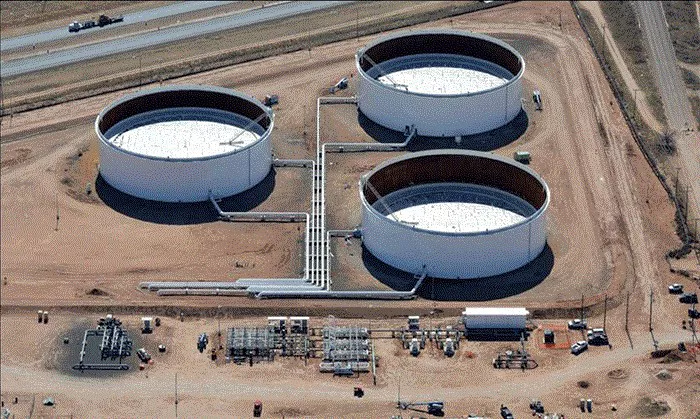West Texas Intermediate (WTI) crude oil prices reversed earlier gains on Thursday as renewed trade tensions and oversupply fears weighed on investor sentiment. A recent ruling by a U.S. appeals court that overturned a decision blocking former President Donald Trump’s trade tariffs has thrown trade negotiations back into uncertainty, prompting market fears about future oil demand.
Trade Tensions Cloud Oil Demand Outlook
The court’s decision has reignited anxieties over global trade, particularly with the U.S.’s major trading partners. Although U.S. officials have remained in contact with counterparts in countries like Japan and China, no concrete breakthroughs have been reported. Talks with Japan have seen little momentum, while discussions with China appear stalled altogether.
This lack of tangible progress is deepening concerns that escalating trade friction could slow global economic activity—subsequently dragging down oil consumption in the months ahead.
OPEC+ Meeting Looms Amid Oversupply Concerns
Market participants are also closely watching the upcoming OPEC+ meeting scheduled for May 31, where producers are expected to discuss output increases. Reports suggest a possible agreement to boost oil supply by 411,000 barrels per day starting in July, which could exacerbate oversupply conditions.
Given the uncertain global demand backdrop, any production hike could further cap gains in oil prices, especially as inventories remain relatively high in several regions.
Weak Economic Data Underscores Bearish Sentiment
Adding to the bearish outlook are signs of economic softness in both the U.S. and eurozone:
U.S. GDP shrank 0.2% in the first quarter.
Consumer spending declined, indicating that households may be tightening budgets amid growing trade uncertainty.
In Europe, German unemployment figures were worse than expected in April.
Retail sales in Germany also fell unexpectedly, underlining broader weakness across eurozone economies.
These macroeconomic indicators suggest subdued industrial activity and consumer demand, both of which are critical to oil consumption.
Inventory Draw Offers Limited Relief
One piece of positive news came from the U.S. Energy Information Administration (EIA), which reported that crude oil inventories dropped by 2.8 million barrels last week, defying expectations for a 1 million barrel increase. While this drawdown has offered some short-term support to oil prices, it has not been enough to counter the larger bearish drivers of market sentiment.
Conclusion:
WTI crude oil prices remain under pressure amid mounting trade tensions, potential oversupply, and slowing economic growth in major regions. While a surprise drop in U.S. inventories provided a temporary lift, the broader picture suggests continued volatility ahead, especially as markets await the outcome of the upcoming OPEC+ meeting and further developments in international trade negotiations.
Related topics:
































